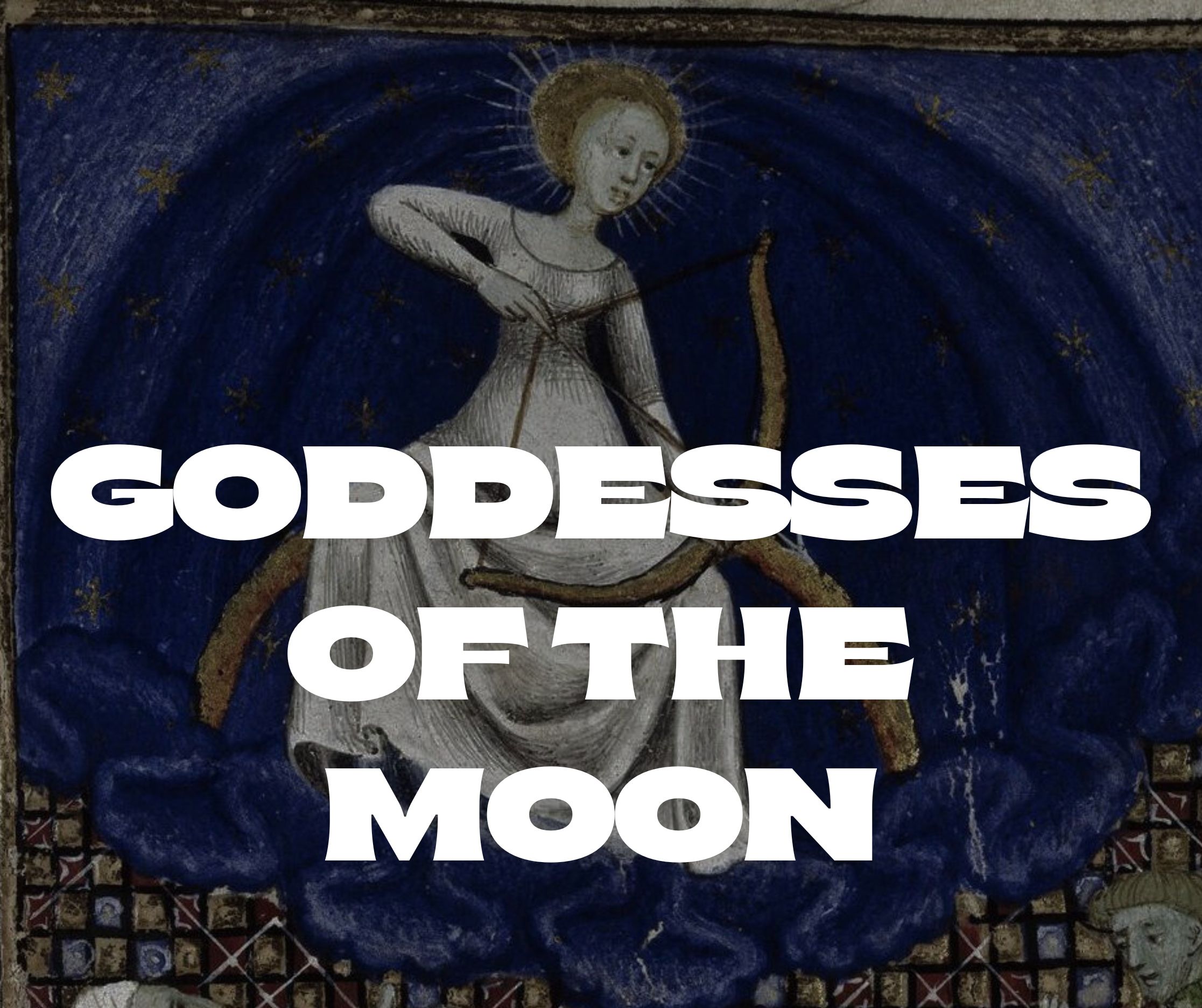
"In the Middle Ages, the moon was often imagined as a radiant and alluring deity. We will look at medieval literary and artistic depictions of two moon goddesses from different parts of the world: Chang'e and Diana. Both Chang'e and Diana are presented as deeply powerful and immensely beautiful, and they appear in many different contexts. What follows draws on research from my new book The Medieval Moon: A History of Haunting and Blessing, which studies the moon from a global perspective."
"In a text known as the Huainanzi, from early in the Han Dynasty (206 BC - AD 220), we are told that Chang'e actually stole the elixir from her husband Yi, who had in turn received it from Xiwangmu. In some versions of Chang'e's story, she is turned into a toad, perhaps as punishment (Yang and An, 2008: 86-88)."
The moon was often imagined as a radiant and alluring deity in the medieval period. Chang'e and Diana function as moon goddesses portrayed as deeply powerful and immensely beautiful across different cultural contexts. Chang'e's myths describe drinking an elixir of immortality and ascending to the moon, with early records linking the elixir to Xiwangmu and variants crediting her husband Yi; some versions transform her into a toad. Representations of Chang'e evolve over time, with Han-period emphasis on immortality at ascension and Tang-period poetry associating her with solitude and loneliness.
Read at Medievalists.net
Unable to calculate read time
Collection
[
|
...
]